Saffron production decreased by 15% in Rashtkhar city
The director of Jihad Keshavarzi of Rashtkhar city announced a decrease of ten to 15% of saffron production in the area due to the decrease of last year’s rainfall in this city.
Hamid Reza Rezaei said: the decrease in rainfall in the last crop year has caused the saffron harvest in this city not to exceed 22 tons.
He said: saffron harvest has started from 6,300 hectares of cultivated area of this crop in this city, and from each hectare of saffron cultivated area in Rashtkharseh city, one and a half kilograms of crop will be harvested.
He said that the highest area under saffron cultivation is in the suburbs of Fatehabad and Rashtkharmi, said: saffron harvest in this city continues until the first half of December.
Rezaei continued: in order to increase the productivity and the need to disinfect saffron bulbs and use large and high quality bulbs, the experts of this management and the agricultural jihad centers of the affiliated villages have made continuous visits to the saffron farms under construction.
He stated that the maximum labor force is in the flower harvest season, he said: Each hectare of saffron had about 100 workers per day for the stage and needs harvesting.
The director of Jihad Keshavarzi of Rashtkhar city added: according to the experts, the saffron produced in Rashtkhar city has a good quality due to the climatic conditions.
He stated: water shortage conditions in the city and the need for optimal utilization of water resources, especially in areas that are prone to alternative cultivation, and the importance of planning to implement the policies of the resistance economy, requires encouraging farmers and proper planning and providing appropriate models. Let’s develop the cultivation of medicinal and dehydrated plants in this city.
The director of Jihad Keshavarzi of Rashtkhavadaz city asked the saffron growers to irrigate the urea and potassium chloride fertilizers according to the opinion of Jihad-e-Keshavarzi experts after harvesting the flowers and to irrigate them in a timely manner due to the presence of various chemical fertilizers in the city warehouses.
Rezaei said: in the process of weeding and combating weeds in saffron fields and spraying with various chemical fertilizers and micronutrients. He said: the cost-effectiveness of saffron cultivation, resistance to environmental factors, good profitability and job creation are the factors of saffron development. According to him, last year more than 7 tons of saffron were bought by the government from saffron growers.
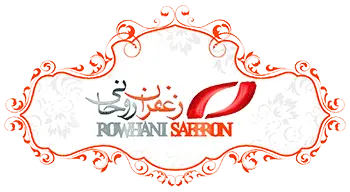


![Exporting Saffron to Turkey + Price Guide [Complete 0 to 100]](https://www.rowhanisaffron.com/wp-content/uploads/f1-372-500x383.jpg)
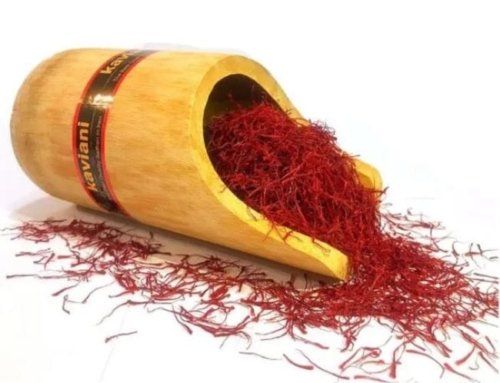
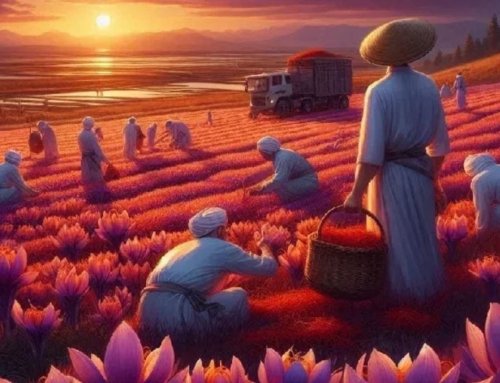
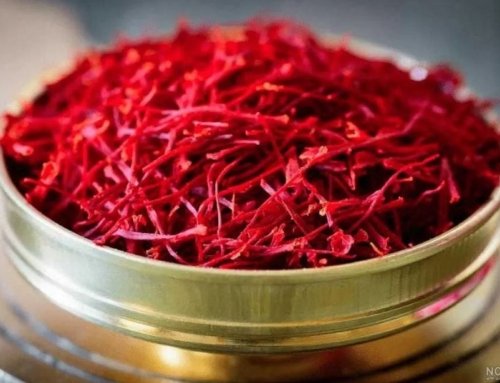
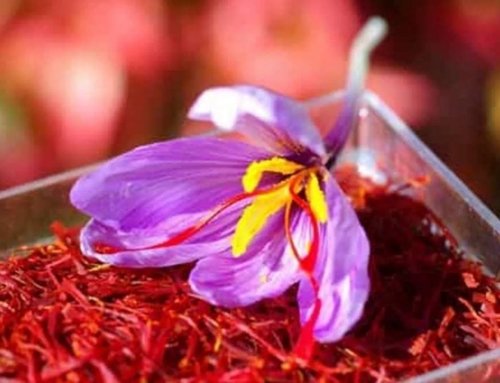
Get Social